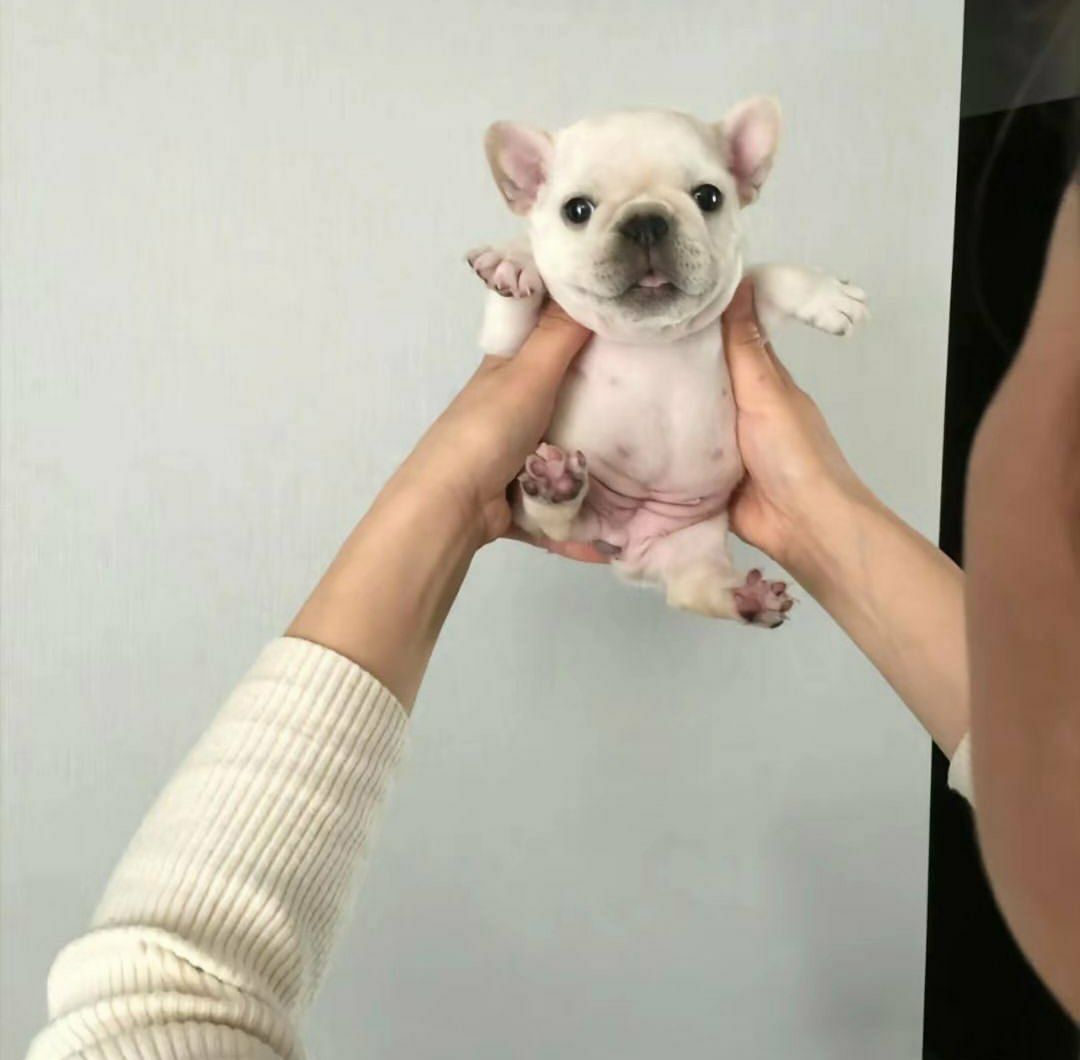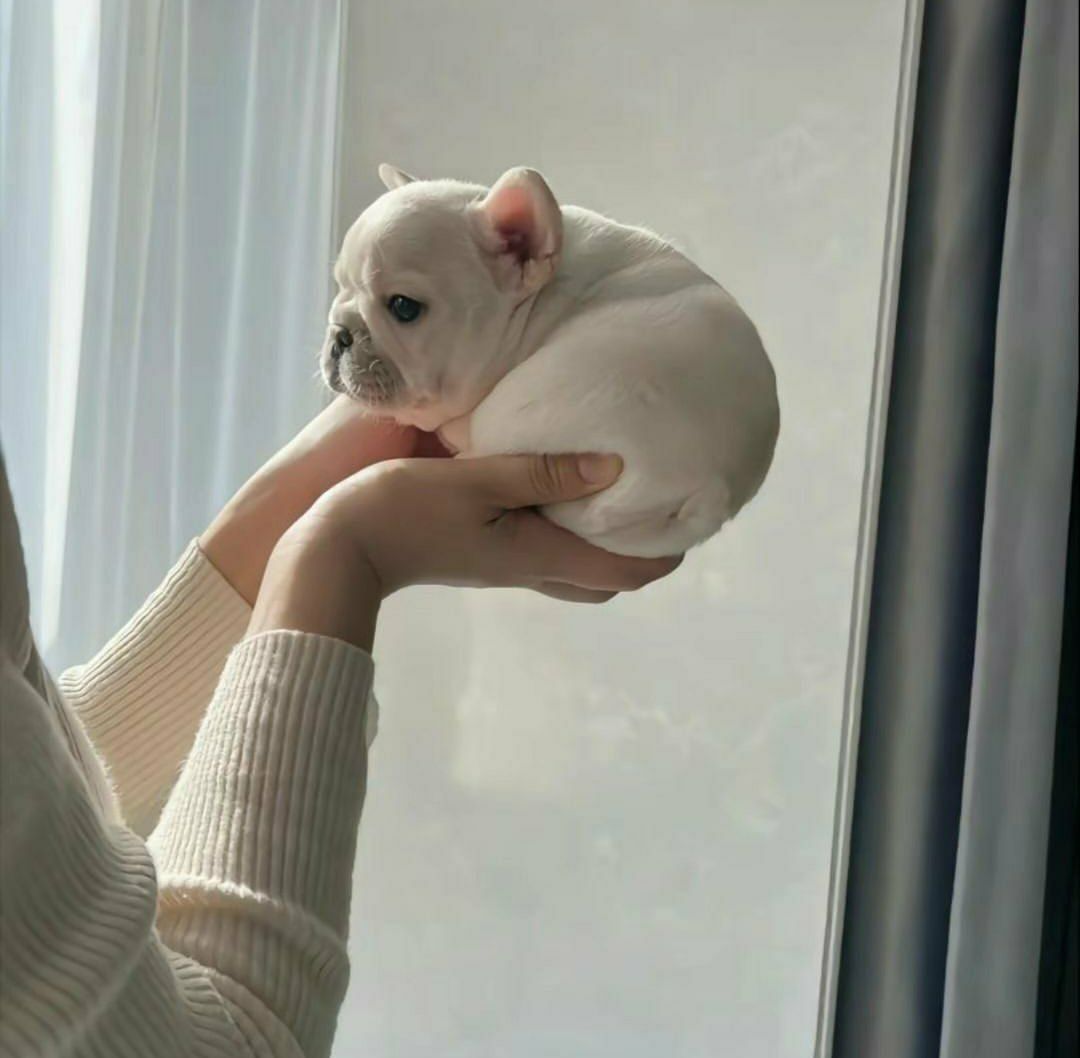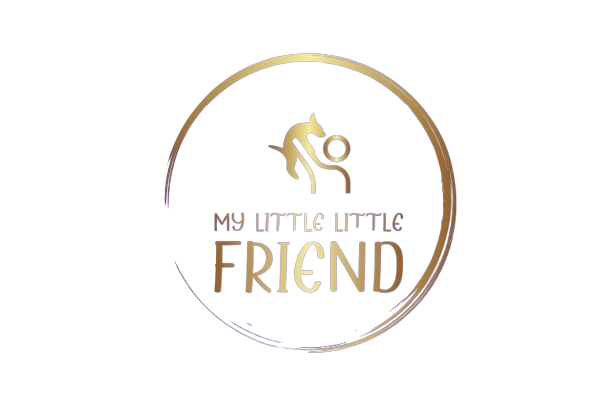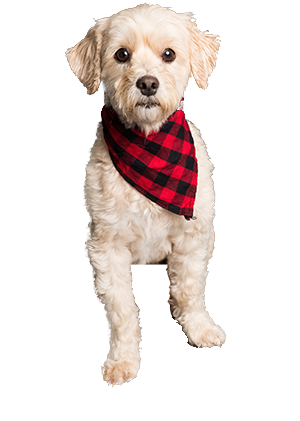Introducing Dogs To Cats And Other Pets
Bringing a new furry friend home? To ensure a smooth transition for everyone, prioritize the well-being of both your existing pets and the newcomer.
While dogs communicate and negotiate social order, it’s not a rigid hierarchy like some might think. Introducing a new dog is all about creating a comfortable and respectful environment for everyone.

Preparing for a Pawsome Introduction:
1. Talk to the Experts: Before welcoming your new furry friend, chat with the breeder or shelter staff. Ask about their socialization efforts, particularly how the puppy interacts with other dogs and if they’ve had exposure to cats (if you have feline companions at home).
2. Scent Swap for Success: Consider giving your existing pets a blanket or toy used by the puppy (and vice versa) before their big meeting. This allows them to get familiar with each other’s scents beforehand, creating a calmer introduction.
3. Know Your Rescue: If you’re adopting a dog, discuss your existing pets with the shelter staff. This helps them assess if the dog has any known issues with other animals, ensuring a good fit for your multi-pet household.
4. Patience is Key: Remember, introductions take time! Don’t expect instant BFF status. Both your existing pets and the newcomer need time to adjust to the new family dynamic. Be patient and supervise their interactions closely.
Making New Furever Friends: A Step-by-Step Guide
1. A Gentle Arrival: When your adorable pup arrives, give them a calm, quiet space to explore their new home – away from existing pets – to help them feel comfortable.
2. Supervised Sniff Sessions: When introducing your new pup, responsible adult supervision is crucial. Opt for neutral territory, like a park, for the initial meeting. Keep both dogs leashed and allow them to sniff and get acquainted.
3. Patience is Pawsitive: Don’t scold your resident dog if their initial reaction isn’t sunshine and rainbows. Give them time to adjust to the new addition.


4. Leashed & Lovely: Once things seem positive, keep them leashed and walk them back home side-by-side. This allows easy control if needed.
5. Homeward Bound (Together): Back at home, continue leashing them until you’re confident they’re comfortable. Then, gradually remove the leashes as you feel secure.
Bonus Tip: Consider using treats as positive reinforcement during introductions, rewarding calm and friendly interactions.
Building a Happy Pack:
1. Respectful Interactions: Instead of focusing on dominance, allow the dogs to work out their social order through respectful interactions. Provide plenty of space and supervise their play to ensure everyone feels safe.
2. Mealtime Management: Food can be a trigger for tension. Feed them in separate spaces or with enough distance to prevent competition. Focus on creating a positive mealtime experience for all.
Here’s why the original tips are outdated:
- Dominance Theory: While dogs communicate social order, it’s not a rigid hierarchy. Focusing on dominance can create unnecessary stress for some dogs.
- Prioritizing the “Dominant” Dog: This can lead to feelings of insecurity in the other dog and create an unbalanced dynamic.
Canine Meets Feline: A Smooth Introduction Guide
Introducing your energetic pup to a resident cat requires a calm and controlled approach, especially if your feline friend hasn’t met a canine companion before. Here are some tips for a purrfect first meeting:
Stay Calm, Stay Cool: Keep your puppy leashed and maintain a calm demeanor during introductions. Reward your pup for showing relaxed behavior around the cat.
Respect the Cat’s Castle: Choose a spacious room where your cat feels comfortable and has escape routes, ideally with high perches for them to observe from a safe distance.

Patience is Key: Don’t force an interaction. Let the cat approach the puppy at its own pace.
Remember: Building a harmonious relationship takes time. By understanding your pup’s temperament and respecting both pets’ needs, you’ll pave the way for a peaceful coexistence.

